What Are The Illuminating Parts Of Microscope ?
The illuminating parts of a microscope typically include a light source, such as a bulb or LED, and a condenser lens. The light source provides illumination that passes through the specimen, while the condenser lens helps focus and direct the light onto the specimen. Additionally, some microscopes may have adjustable diaphragms or iris controls to regulate the intensity and size of the light beam.
1、 Illumination system
The illumination system is one of the most crucial components of a microscope as it provides the necessary light to illuminate the specimen being observed. It consists of several parts that work together to ensure optimal visibility and clarity of the specimen.
One of the main components of the illumination system is the light source. Traditionally, microscopes used a tungsten-halogen bulb as the light source. However, with advancements in technology, LED (Light Emitting Diode) light sources have become increasingly popular due to their longer lifespan, lower energy consumption, and better color rendering capabilities. LED light sources also emit less heat, reducing the risk of damaging the specimen.
Another important part of the illumination system is the condenser. The condenser is responsible for focusing and directing the light onto the specimen. It consists of lenses that gather and concentrate the light, ensuring even illumination across the entire field of view. Modern microscopes often feature an adjustable condenser, allowing users to control the intensity and angle of the light for optimal imaging.
In addition to the light source and condenser, some microscopes also incorporate additional illumination techniques to enhance the observation of specific specimens. For example, fluorescence microscopy utilizes a specific light source and filters to excite fluorescent molecules in the specimen, producing a highly detailed and colorful image. Phase contrast microscopy, on the other hand, uses special optical components to enhance the contrast of transparent specimens, making them more visible.
Overall, the illumination system of a microscope plays a crucial role in providing adequate lighting for observing specimens. With advancements in technology, the use of LED light sources and additional illumination techniques has greatly improved the quality and versatility of microscope imaging, allowing for more detailed and accurate observations in various scientific fields.

2、 Condenser
The condenser is one of the illuminating parts of a microscope. It is located beneath the stage and is responsible for focusing and directing light onto the specimen being observed. The condenser plays a crucial role in enhancing the quality of the image produced by the microscope.
The main function of the condenser is to gather and concentrate light from the microscope's light source, typically a bulb or an LED. It does this by using a series of lenses and an adjustable diaphragm. The lenses help to focus the light into a narrow beam, while the diaphragm controls the amount of light passing through. By adjusting the diaphragm, the user can control the intensity and brightness of the illumination.
The condenser also helps to improve the resolution and contrast of the image. By focusing the light onto the specimen, it increases the amount of light that reaches the objective lens. This results in a clearer and more detailed image. Additionally, the condenser can be adjusted to control the angle and direction of the light, which can further enhance the contrast and visibility of the specimen.
In recent years, there have been advancements in condenser technology. Some microscopes now come with an adjustable aperture diaphragm, allowing for precise control over the amount of light passing through. Additionally, there are condensers with built-in filters that can be used to selectively filter out specific wavelengths of light, enabling the user to observe specific features or stains on the specimen.
Overall, the condenser is an essential part of the microscope's illumination system. It helps to optimize the quality of the image produced, allowing for clearer and more detailed observations. With advancements in technology, the condenser continues to evolve, providing users with more control and flexibility in their microscopy experiments.
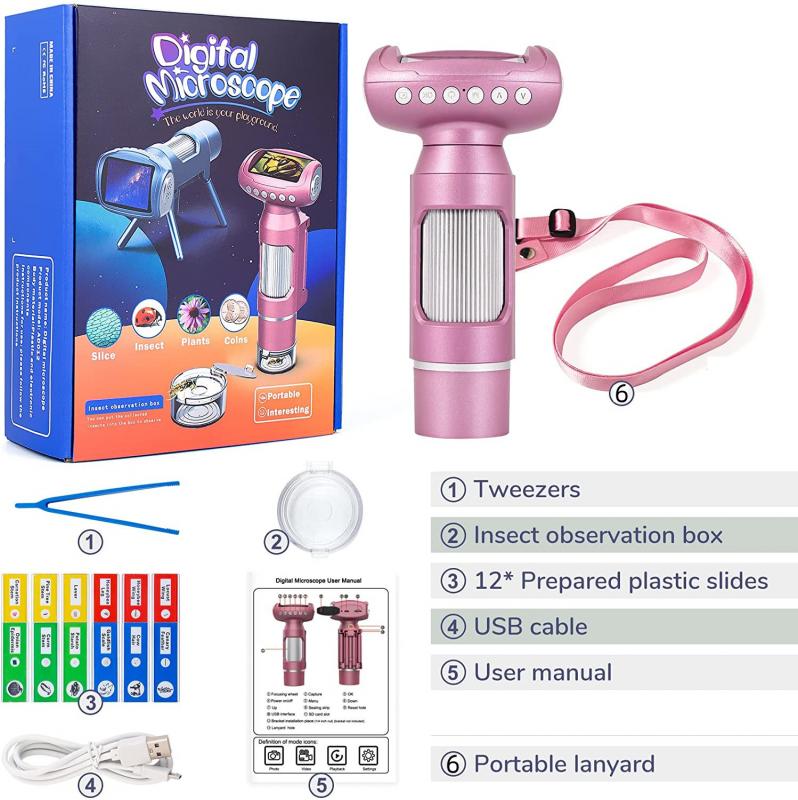
3、 Light source
The illuminating parts of a microscope primarily consist of the light source. The light source is an essential component that provides illumination to the specimen being observed. In most modern microscopes, the light source is typically an LED (light-emitting diode) or a halogen lamp.
The light source is located at the base of the microscope and emits light upwards through the condenser. The condenser is another important part of the microscope that focuses and directs the light onto the specimen. It consists of lenses that help to concentrate the light and improve the resolution of the image.
In addition to the light source and condenser, some microscopes also have additional illuminating parts such as filters and diaphragms. Filters are used to control the color of the light that reaches the specimen, allowing for better contrast and visibility of certain structures. Diaphragms, on the other hand, control the amount of light that passes through the condenser, helping to adjust the brightness and improve image quality.
In recent years, there have been advancements in microscope illumination technology. LED light sources have become more popular due to their energy efficiency, longer lifespan, and ability to produce a wide range of colors. Some microscopes now also incorporate fluorescence illumination, which uses specific wavelengths of light to excite fluorescent dyes in the specimen, allowing for the visualization of specific structures or molecules.
Overall, the illuminating parts of a microscope, particularly the light source, play a crucial role in providing adequate illumination for observation and analysis. The advancements in illumination technology have greatly improved the quality and versatility of microscopes, enabling scientists and researchers to explore the microscopic world with greater clarity and precision.

4、 Iris diaphragm
The illuminating parts of a microscope are crucial components that provide the necessary light for observing specimens. One of these important parts is the iris diaphragm. The iris diaphragm is located beneath the stage of the microscope and is responsible for controlling the amount of light that passes through the specimen.
The iris diaphragm consists of a series of overlapping metal blades that can be adjusted to vary the size of the aperture. By adjusting the iris diaphragm, the user can control the intensity and focus of the light that illuminates the specimen. This is particularly useful when observing specimens with different levels of transparency or when trying to enhance contrast.
In recent years, there have been advancements in the design and functionality of the iris diaphragm. Some modern microscopes now feature motorized iris diaphragms that can be controlled electronically. This allows for more precise and automated adjustments, making it easier for users to achieve optimal lighting conditions for their observations.
Additionally, some microscopes now incorporate LED illumination systems, which offer several advantages over traditional light sources. LED lights are more energy-efficient, have longer lifespans, and produce less heat, reducing the risk of damaging delicate specimens. LED illumination systems often include adjustable iris diaphragms that further enhance the control and quality of the lighting.
In conclusion, the iris diaphragm is an essential illuminating part of a microscope. Its ability to control the amount of light passing through the specimen allows for better observation and analysis. With advancements in technology, such as motorized and LED-based iris diaphragms, microscopes are becoming more versatile and user-friendly, enabling researchers and scientists to obtain clearer and more accurate results.













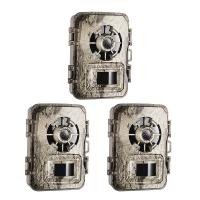






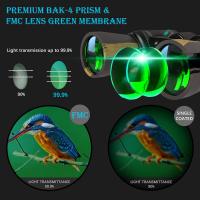



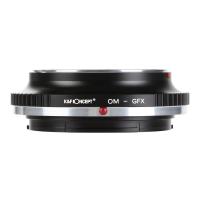



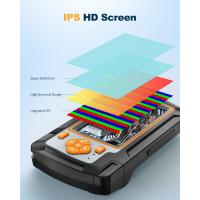

There are no comments for this blog.